As attempts go to make sure the people in charge of spending the tax we pay are not properly held to account, it did not rank among the most subtle.
“Can you think about what questions you want to ask the Chancellor,” the Treasury suggested in a note to our reporter ahead of Rishi Sunak’s visit to Aberdeen, adding it would be “super useful to know”.
So far, so par for the spin doctor course.
But it was the next bit that raised more eyebrows even among those all-too-familiar with the tactics used to try to shield ministers from scrutiny: “(to note the first question must be why he is in Aberdeen)”.
You will be reassured to know that the first questions Mr Sunak in fact faced when he sat down with the P&J were about the future of our oil and gas industry and why he is not offering more help to the people of the north and north-east despite our households paying more for energy and so being disproportionately hit by the cost-of-living crisis. (Questions he didn’t have a particularly satisfactory answer to by the way).
A small incident but a reminder of the important role of a free and inquisitive press in holding decision-makers to account.
Another is unfolding in Bristol, where the city council’s apparent attempt to shut down awkward questions to its elected mayor about his decision to fly 4,600 miles to Canada to talk about climate change has spectacularly backfired.
Being a voice for communities
It stands accused of trying to see off precisely the kind of scrutiny that we regard as a crucial part of the P&J’s role – putting decisions on how money is spent under the microscope, being a voice for communities directly impacted by policy choices and agitating for change in the interests of those communities.
It is a mission that we continue to prioritise in the face of all the pressures local journalism finds itself under.
Sadly that is not the case everywhere.
The Bristol row – that quickly escalated into a widespread boycott of the mayor’s briefings – centred on the work of a “local democracy reporter”.
BBC response to Bristol Mayor’s Office's decision to not allow Local Democracy Reporter into fortnightly press conference. https://t.co/H6sFYnwUp2 pic.twitter.com/7MSvBqUHzr
— BBC Press Office (@bbcpress) June 23, 2022
Perhaps you have seen that phrase next to some names on stories on our pages and wondered what it meant.
The “LDRs” are a network of 165 journalists, funded by the BBC as part of a UK-wide initiative introduced amid concerns the disappearance of many local newspapers could create “news deserts” in some areas.
They are attached to individual publications (four operate from the P&J’s newsrooms covering Aberdeen and Aberdeenshire, Moray, Highland and Orkney councils) but their stories are available to any title signed up to the scheme.
Stories like Hazel Lawson’s disclosure that Moray Council has £80,000 belonging to dead social care clients that it is struggling to work out what it can do with.
Or the fact that school pupils on the island of Eday are missing out on art, music, and PE lessons because of a lack of flights, reported from Orkney by Andrew Stewart.
Local democracy reporters are laser-focused on council business
Nicola Sinclair delved into just how the £1.5 million we pay Highland’s councillors is divided up as they debated a pay rise of up to 15% and when Aberdeen approved grants to a number of local groups, Kirstie Topp took the chance to shine a light on some of the work the money funds.
Having these reporters laser-focused on the day-to-day council business – the “bread and butter” as Kirstie puts it – is a double win for P&J readers.
They understand what matters most to communities and make sure you are kept in touch with the latest developments on those issues.
And it frees up our other teams, especially those dedicated to looking after particular geographic areas, to delve in greater depth than ever before into the most important issues of the day and to spend time digging out the full story behind the headlines.
Bringing you those stories does not have to be a battle – we enjoy generally good relationships with our councils and their media teams. There is a mutual recognition that we each have a job to do.
But we will fight hard if we need to. Our commitment to public service journalism, our responsibility to our readers and our wider communities, always comes first.
So rest assured, when it comes to asking questions we know other people want us to ask, it only ever happens when those people are you.
Do you have a question about the way we work? Please comment below or send it to readersombudsman@pressandjournal.co.uk
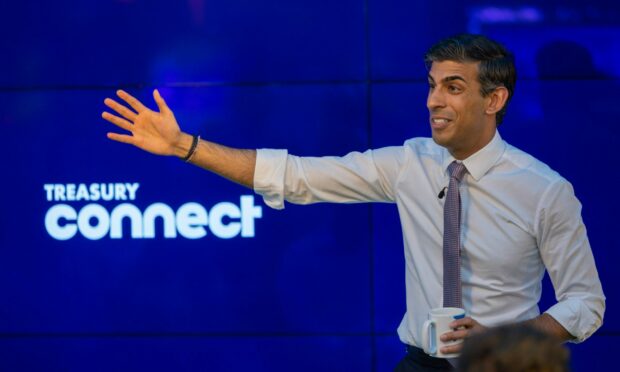
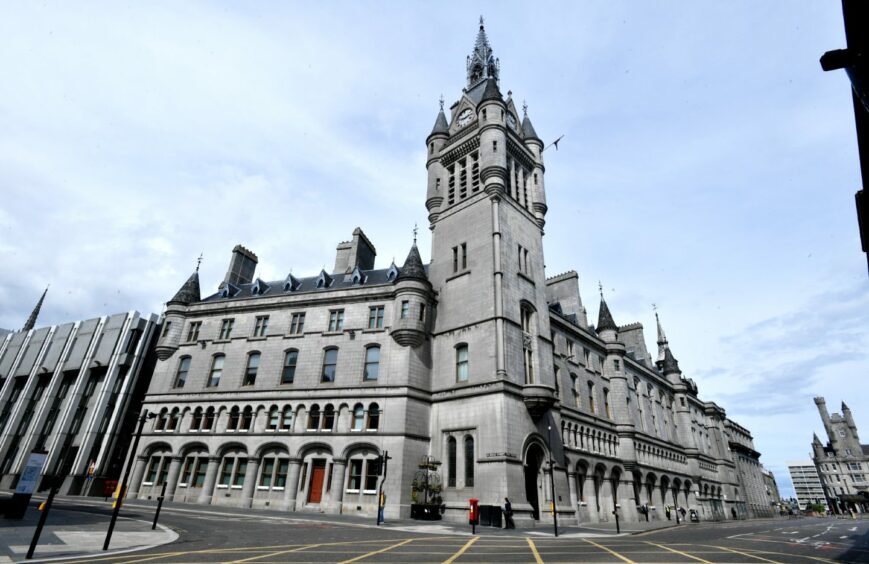
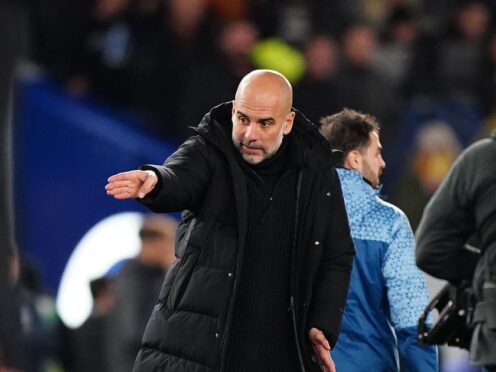

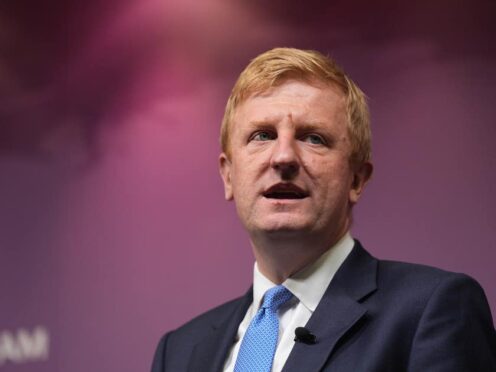

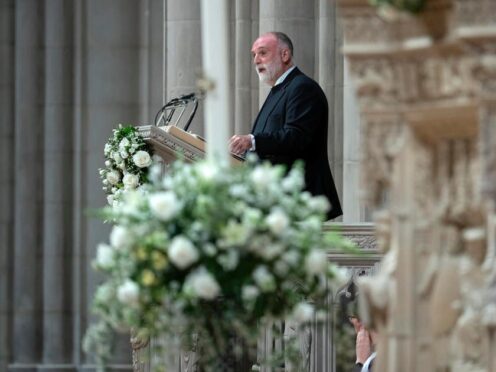
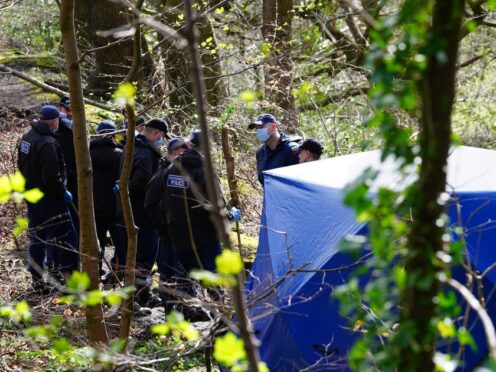


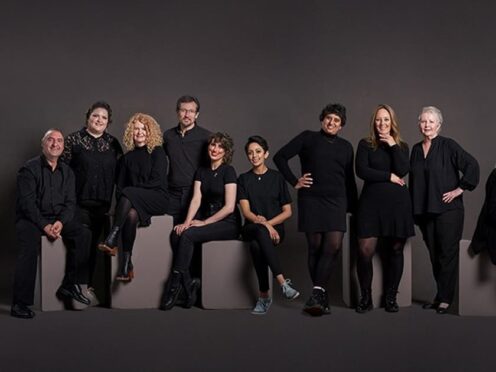
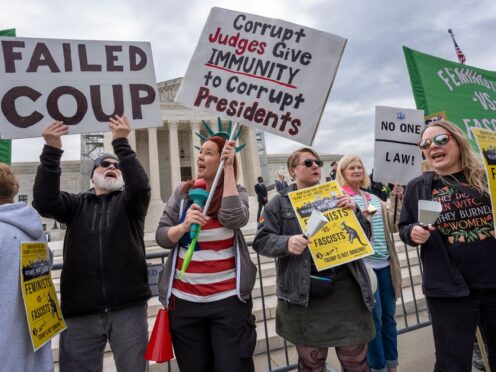
Conversation